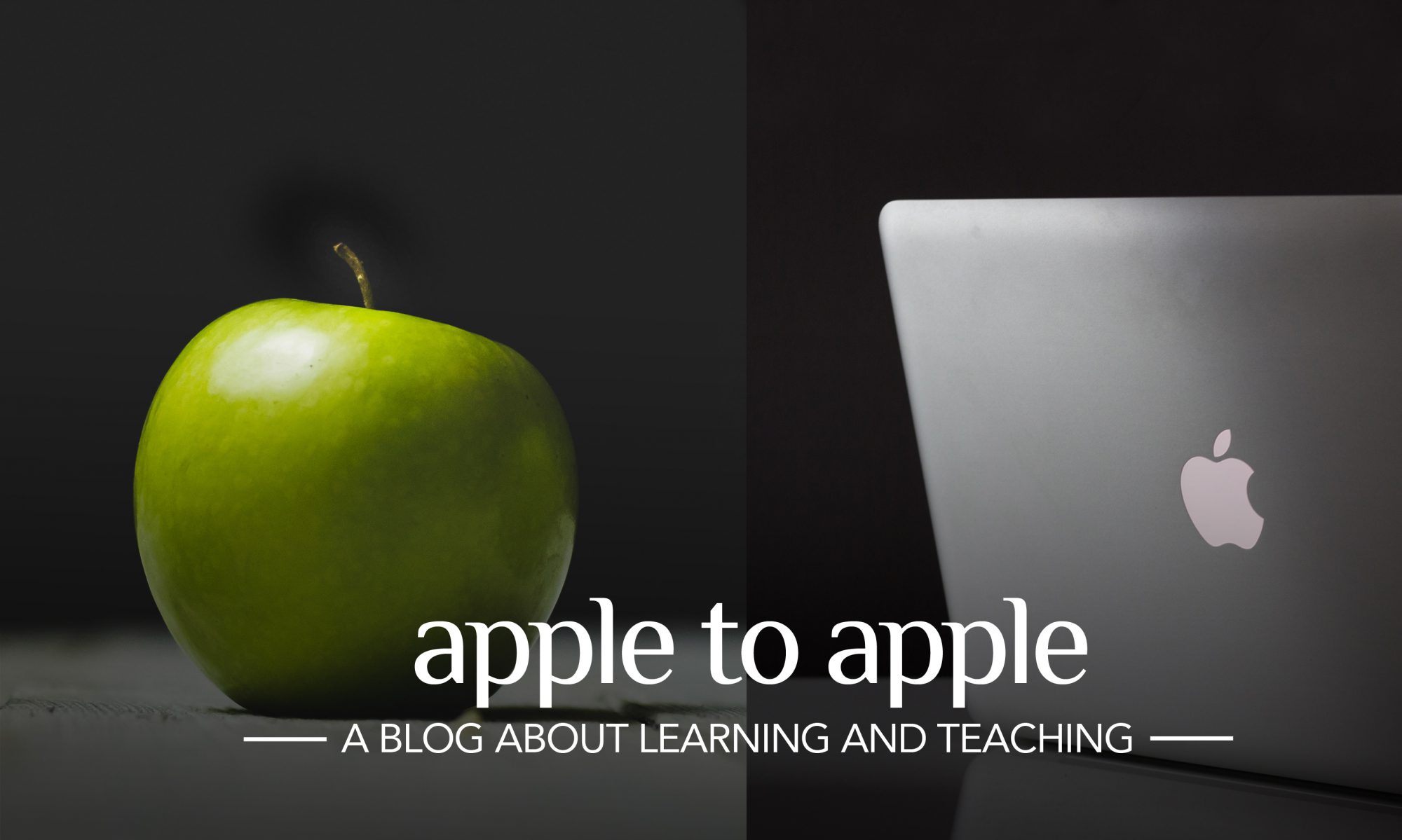I was always tempted as a teacher to delve right into the logic of a lesson. This was the part of the lesson that seemed to matter most and the part I liked. So did my students—at least a few of them.
But many of my students couldn’t seem to learn without an emotional connection. Emotions seemed to capture and keep their attention and motivate them. Students don’t, after all, leave their emotional beings at the classroom door. So I found I needed to integrate emotion with logic.
 Here are three examples of how to do this:
Here are three examples of how to do this:
- Launch the lesson with a specific emotion. When you teach the Civil Rights Movement, for example, find ways to encourage anger at injustice. Think of how could you bring students to a pensive mood before reading poetry or to amazement before studying the constellations. Plutchik’s Wheel of Emotions is a good resource for identifying emotions.
- Engage imagination. To introduce a book like Catherine, Called Birdy, have students close their eyes and imagine being in a different time and place—where they hear no traffic, no cell phones buzzing, no hum of air conditioners or furnaces. Then go on to describe the setting of the book in thirteenth-century England—what the characters heard and what they ate and wore. As students imagine all this, their interest in reading the book will pique.
- Turn to the arts. If you are teaching a unit on the Great Depression, play “Brother, Can You Spare a Dime.” Before a class on calculating area and perimeter, show students the beauty and precision of math by using Mondrian’s paintings. Play videos of poets reading and clips from Shakespeare’s plays. The arts give image to concepts, making them more tangible to students.
Thinking wasn’t enough, I found, because if I didn’t script emotions into my classroom, my students did. They felt detached, bored, and apathetic. And then they didn’t think. One way or the other, it seems, emotion is part of learning.

